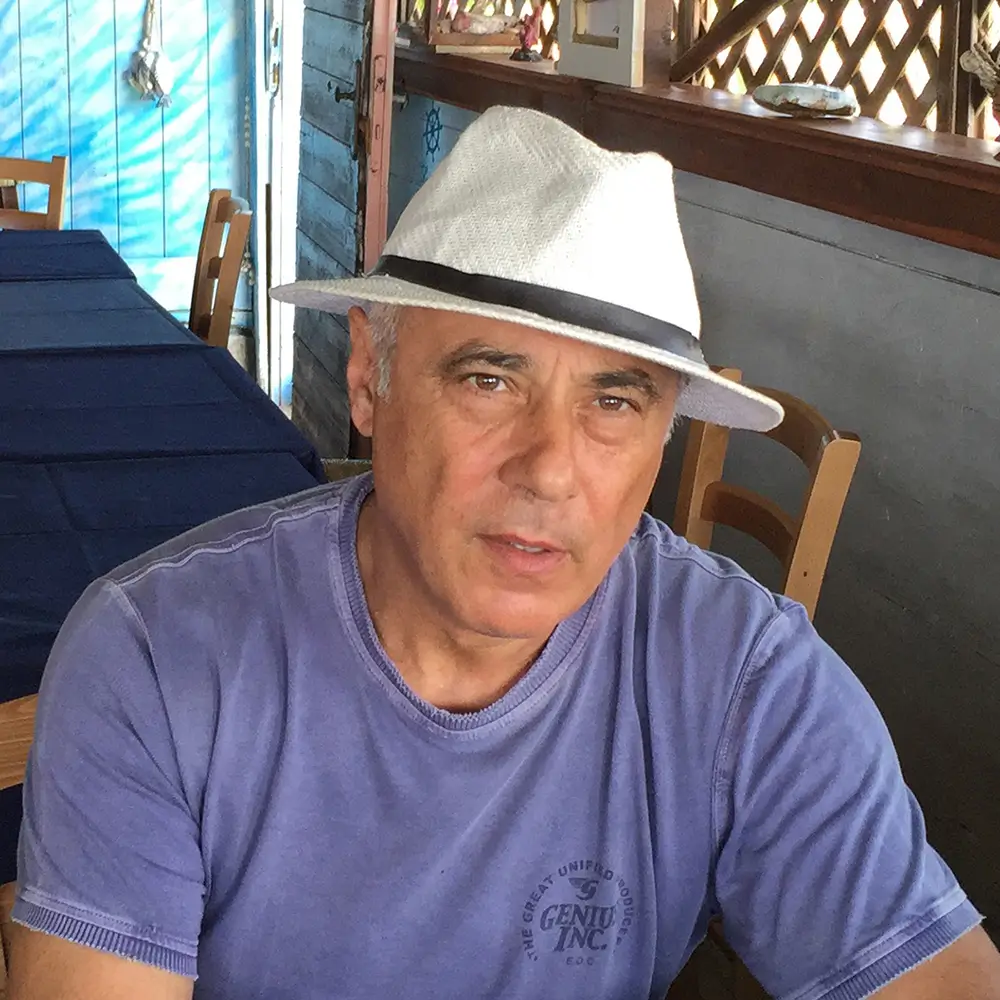Pietro Di Giambattista is a documentary photographer and visual artist who lives and works in Rome. His interests are particularly focused on photography with socio-cultural themes and conceptual photography. He is currently also dedicating himself to Street Photography in the city of Rome. Pietro Di Giambattista has also worked for over twenty years on his long-term project on the Gypsies communities of Rome, named “Romani People”. Pietro Di Giambattista has won numerous national and international awards and in 2002 he was third in the portrait section at the prestigious World Press Photo.
Romani People
This project has been carried out since 1999, both in the old camps– where people lived in extreme conditions, with no water and no electricity – and in the new camps– which are legally authorised, and where different ethnic and religious groups cohabit together. We are living in a moment of disconcerting approval of hateful feelings which result in stigmatizations, hostile statements, incitement to discrimination of the other, within a climate whichissadlyfostered by some of the highest institutional offices.Roma and Sinti are privileged victims. People still cannot dominate the inclination to deal with the uncertainty in life by finding an enemy, a culprit that could be blamed for one’s problems.Roma are the victims of century-long prejudices: they are child kidnappers, vagrants, lazy; theft runs in their blood, they force their children to beg… In 2008 a survey by S. Tosi Cambini, La ZingaraRapitrice(The Gipsy Kidnapper)was published,where the verdicts of Italian trials over ten years were examined.It was demonstrated that no missing child has ever been found in a travellers’ camp. Besides, to consider them as nomads is misleading, as they have not led an itinerant life for generations. Begging is almost exclusively practiced by women and children, who are proud to contribute to the support of the family. Today in Italy, 85% of the 180 thousand Roma people live in houses, have a job, pay the rent and are integrated. But the image that is used to represent this ethnic group is that of the Roma people who live in camps, dressed in rags, dirty and scroungy - only 26 thousand, 0,04% of the entire Italian population. Instead of a loud airing of views for mere propaganda purposes, we shouldseriously cope with these camps, real ghettoes where a hideous form of racial segregation is carried out – a purulent wound in the conscience of a country that claims civilization.
